Antioch council moves forward moratorium on oil, gas drilling in city
Wednesday, May 12th, 2021
Three oil well pumps operate at the site owned by Sunset Explorations just south of Antioch city limits on Deer Valley Road. Photo by Allen Payton
Would affect two potential wells in the city; no one from city reached out to owner for his input or to offer comments during meeting before council “consensus vote”; majority also supports county-wide moratorium
By Allen Payton
During their meeting on Tuesday night, May 11, 2021, a majority of Antioch City Council members expressed their support for a moratorium on oil and gas drilling inside the city limits. While the agenda item was only a discussion, Mayor Pro Tem Monica Wilson who proposed the matter, Council Members Tamisha Torres-Walker, Mike Barbanic and Lori Ogorchock supported directing the city attorney to return with a proposal for the council to vote on at a future meeting.
Wilson, Barbanica and Torres-Walker also expressed support for a countywide moratorium. Ogorchock was opposed. Mayor Lamar Thorpe didn’t express an opinion on either proposal.
The moratorium in Antioch would currently only affect one company, Sunset Explorations, owned by East County businessman Bob Nunn, who was not aware of Tuesday night’s agenda item until this reporter reached out to him for comment prior to the start of the meeting.
“I brought this item back up,” Wilson said. “It has two parts, first as a resolution as a city to call a moratorium and then a moratorium for the county. After hearing from many advocates in the community, I believe this is the time for it.”
In response to questions from the Herald, Nunn said he has “drilled a well in city limits a number of years ago”, but that “was a dry hole.” His company has also “filed a permit in the southeast corner of town that we have stalled,” and owns “mineral rights on FUA2 (Future Urban Area 2)” which is located north of Lone Tree Way and southwest of Highway 4, near the future extension of Laurel Road.
Nunn’s company also has a permitted site on the east side of Deer Valley Road just outside Antioch city limits, which started drilling three wells, three years ago.
Public Comments
Charles Davidson, who said he lives in Hercules, spoke about the oil drilling on Deer Valley Road. “The well’s owner denied the Air District’s inspector access to the site,” he claimed.
Antioch resident, Harry Thurston spoke in support of a county moratorium. “There has been limited oversight of this site by the Bay Area Air Quality Management District. Antioch citizens are at unacceptable risk,” he said. “It will lead to unrestricted oil drilling in East County. We should be stopping all oil extraction” and then spoke about “environmental justice”.
Another speaker, an Antioch resident who said she purchased her home in 2008, spoke against oil drilling. “I’m in an area I can breathe clean air and drink clean water,” she said. “I want to live in a place where no environmental injustices take place. We have everything in Antioch. You just need to promote the right businesses. I have seen firsthand the destruction of many places in the U.S. and around the world due to oil. It’s time to embrace wind and solar.”
Shoshana Wechsler spoke next saying, “I’m a coordinator of Sunflower Alliance…and a resident of unincorporated west county. The toxic emissions in unincorporated Contra Costa don’t stay there. They go wherever the wind blows them. The greenhouse gas emissions threaten everyone and everything on this planet. The permit application slipped through the cracks. Phase out the existing drilling on Deer Valley Road. Other cities have done that. They got it done. It’s Antioch’s chance to put the climate resiliency plans to work. Your forward momentum on this, lifts everyone up.”
Barbara Collins, a resident of East Contra Costa County wrote in favor of the moratorium.
Another public comment submitted read, “Does the city have any power to limit the mineral rights of owners in Antioch? Please stop all this posturing about oil wells.”
Council Discussion and Consensus Votes
The council then took up the matter.
“About a year ago this month, three of us voted and approved a Climate Action Resiliency Plan. This would go along with that,” Wilson stated. “We are committed to making sure we have a healthy city and are free from health risks. The action that we did a year ago moves us away from fossil fuel. We also discussed the climate in our Strategic Plan. This needs to be more than just an item we discuss. We need to call for a moratorium in our city and ask for our county to do the same.”
Asked to offer her input, the city’s Environmental Resources Coordinator, Julie Haas-Wajdowicz said, “I would definitely echo what Mayor Pro Tem Wilson says. So, I think we should support a moratorium. Additionally, I would look forward to working on a declaration of climate emergency.”
“I don’t have a whole lot of background in oil drilling,” she added.
“I would like to bring this back for council to discuss a ban on oil drilling,” Wilson said.
Thorpe then asked for a “consensus vote” of council members.
Torres-Walker, Barbanica and Ogorchock all said, “yes”.
“This is something we have to research and come back,” said City Attorney Thomas Smith. “To me it sounds like something that can go through the zoning process.”
Torres-Walker and Barbanica also added their support to Wilson’s efforts for a county-wide moratorium. When asked, Ogorchock said “no”.
Asked if they were prepared to pay Nunn for his mineral rights, Barbanica, Ogorchock and Wilson did not respond. Asked if she had reached out to Nunn or had asked city staff to, prior to the meeting, Wilson did not respond.









 If you live or work in the Delta, we’d like to invite you to join an online workshop to provide feedback to the Department of Water Resources about the Community Benefits Program of the
If you live or work in the Delta, we’d like to invite you to join an online workshop to provide feedback to the Department of Water Resources about the Community Benefits Program of the 
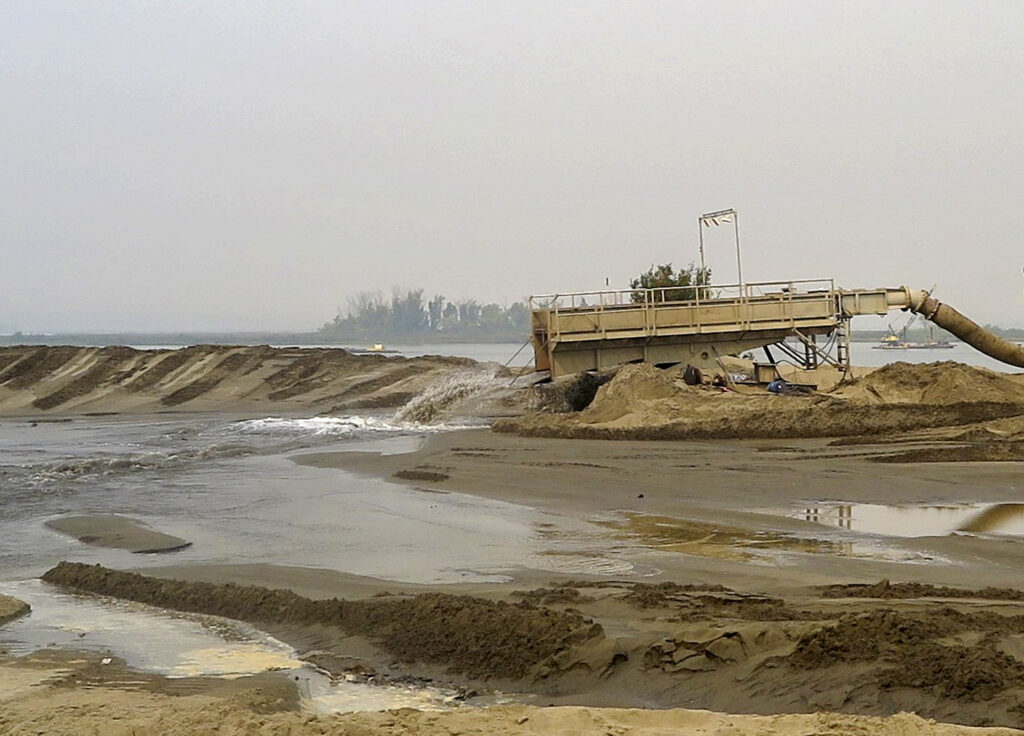

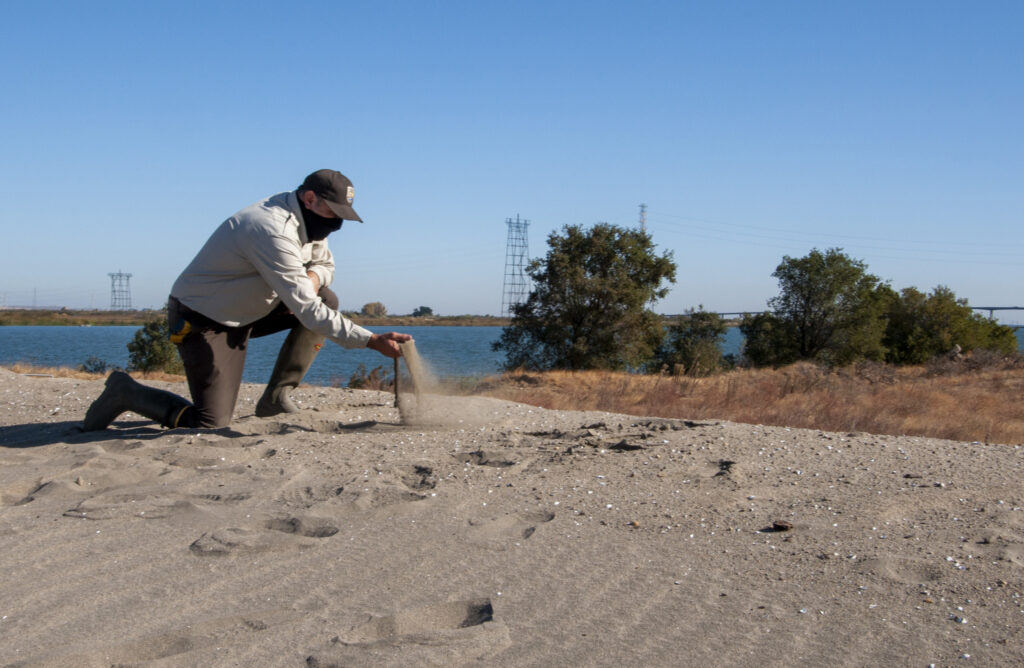
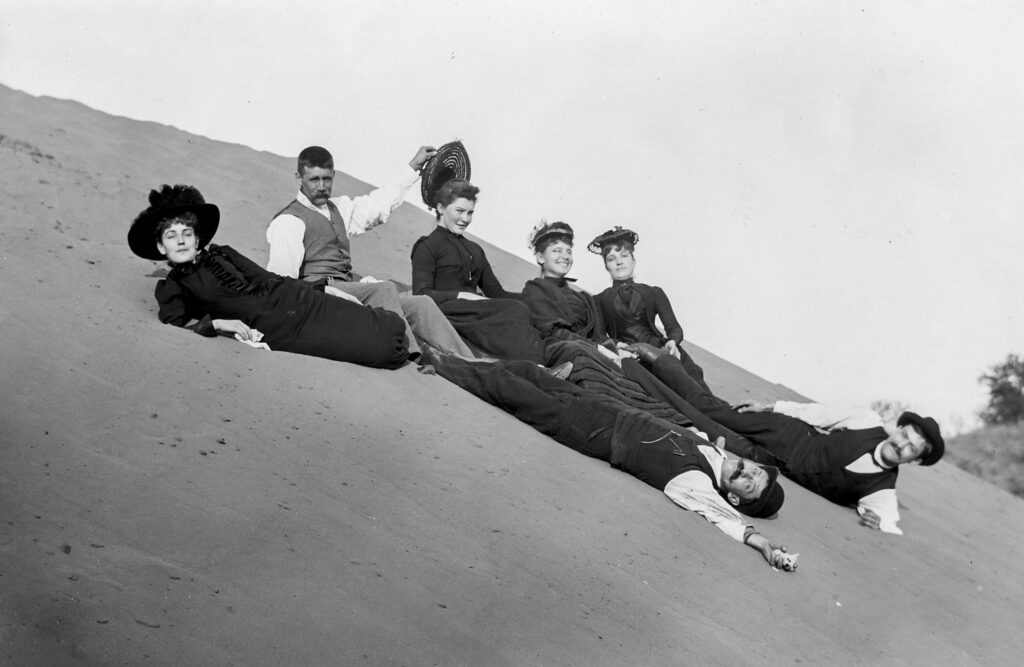
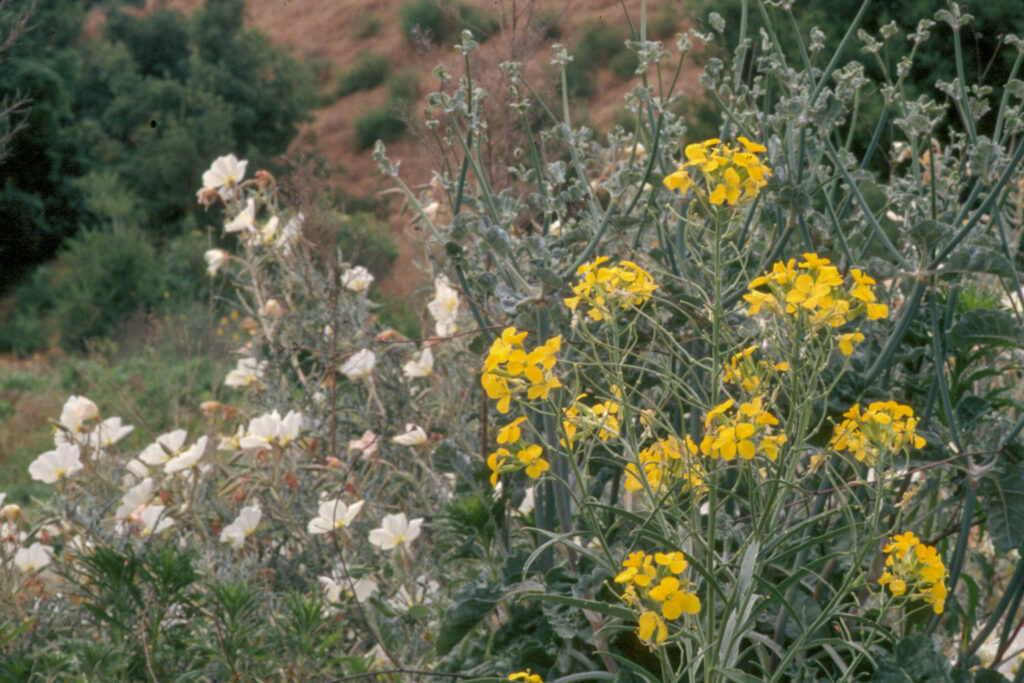
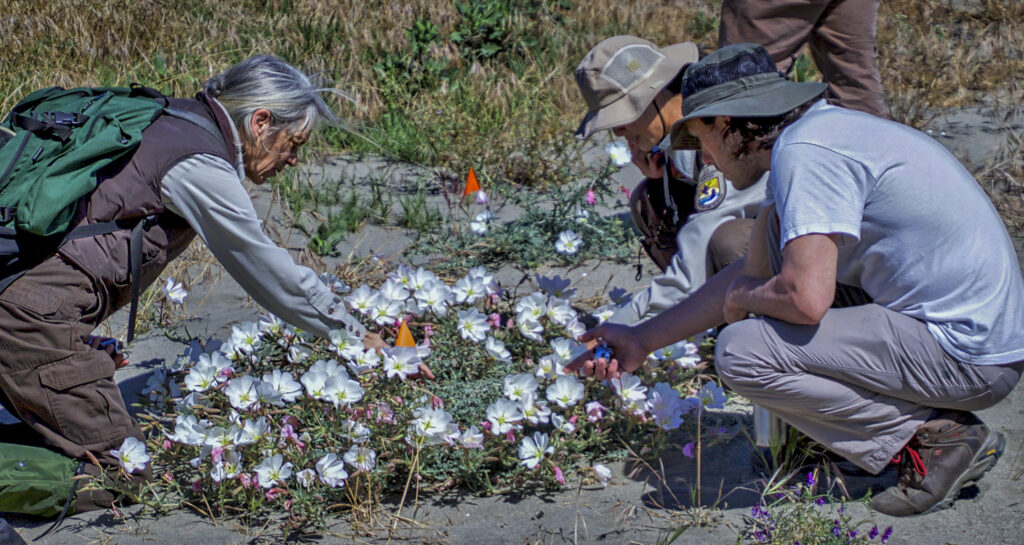



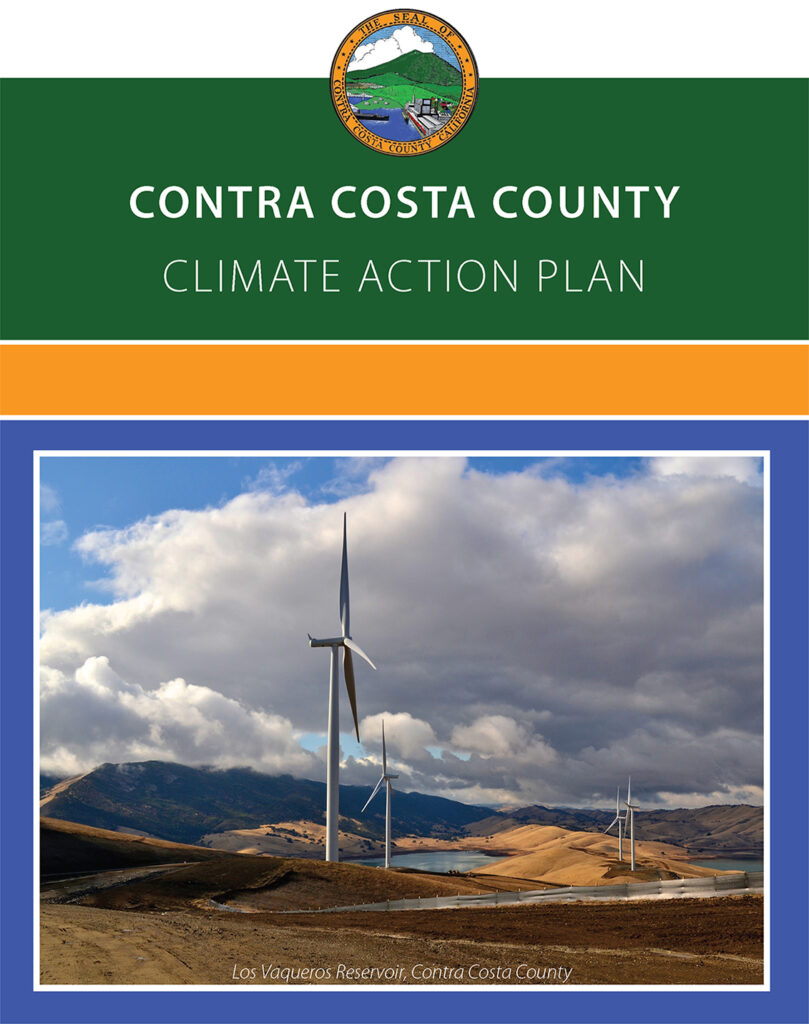 By Daniel Borsuk
By Daniel Borsuk













